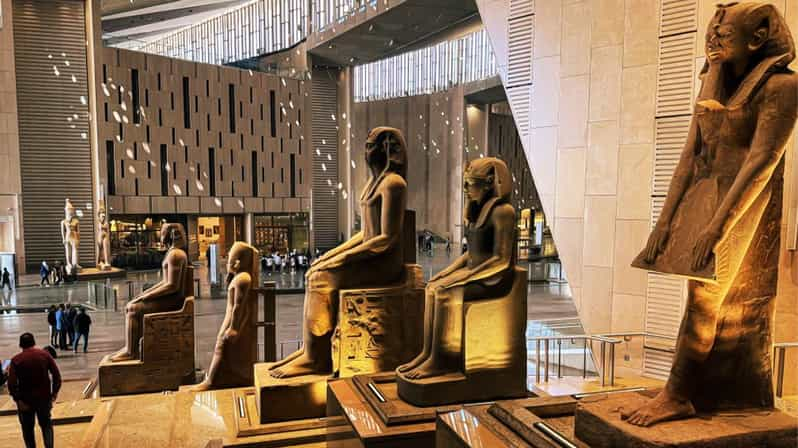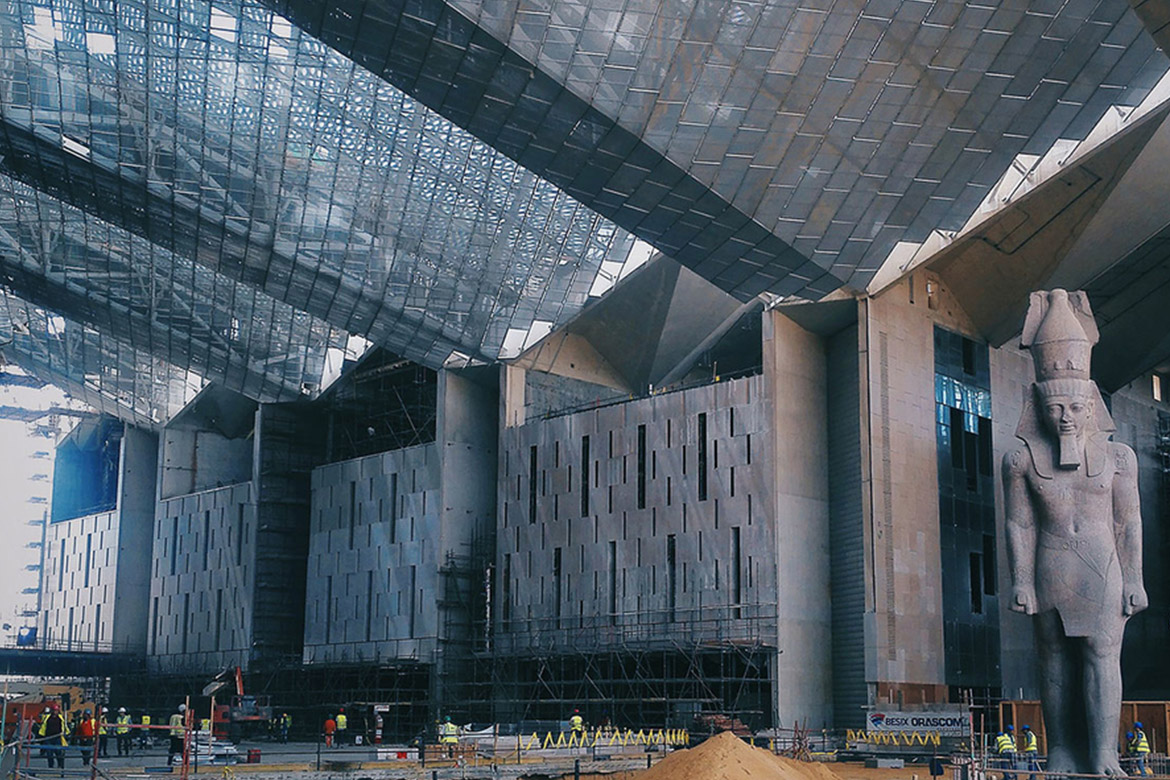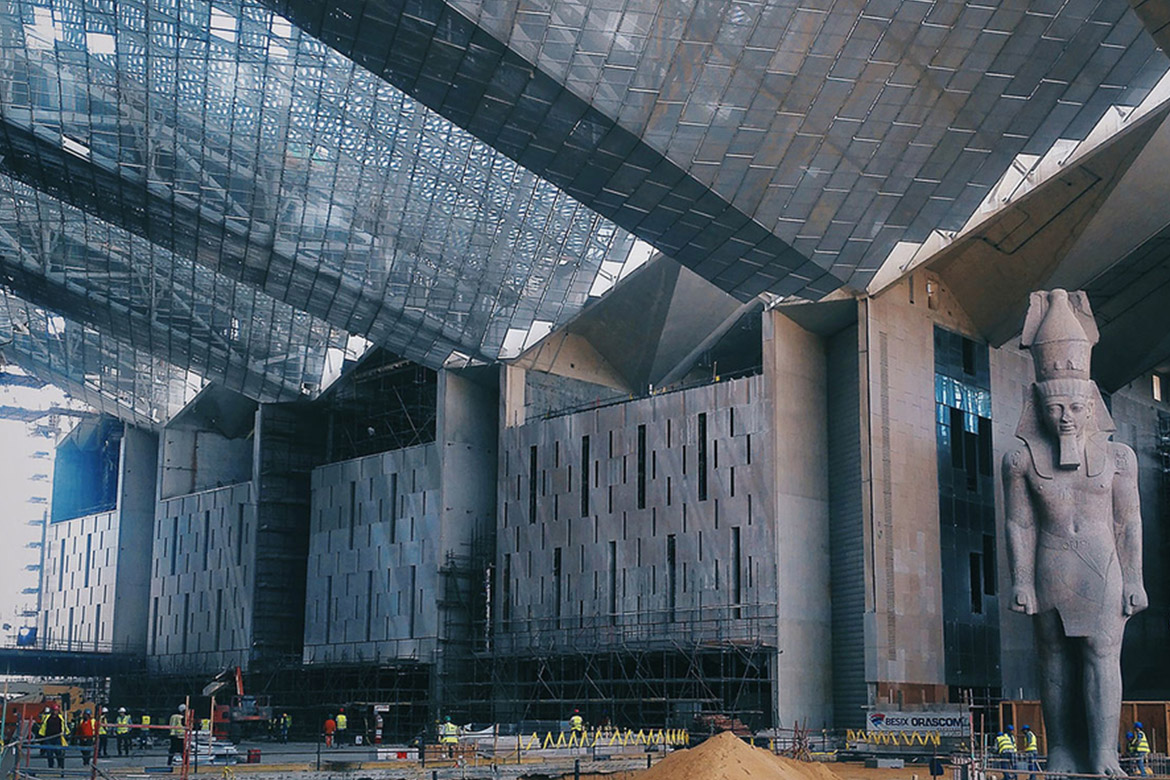The Teti Pyramid is a funerary structure intended for the burial of a king, located in Saqqara, Egypt. Constructed as the tomb for Pharaoh Teti during the 6th Dynasty of the Old Kingdom, around 2300 BCE, this remarkable edifice is characterized by the following features
1. Architecture

The Teti Pyramid exemplifies a typical funerary design from the sixth dynasty, although it suffers from a lack of meticulous craftsmanship. Originally, the pyramid stood at approximately 52 meters (170 feet) in height, with a base length of about 78 meters (256 feet)
2.Construction

The pyramid was primarily built using limestone blocks, with a smooth Tura limestone façade applied to its exterior. However, much of the outer stone has been eroded over time due to natural elements and quarrying activities.
3. Lower Levels

In line with traditional pyramid design, Teti's pyramid features an extensive network of chambers and passageways beneath its structure. The burial chamber, located at the heart of the pyramid, was intended to house the wooden coffin of Pharaoh Teti
4. Pyramid Texts

The Teti Pyramid is particularly notable for its Pyramid Texts, a collection of religious and historical inscriptions found on the walls of the tomb and its inner sanctum.
5. Art and Inscriptions 
: The interior walls of the pyramid and its associated buildings are adorned with carvings and inscriptions depicting scenes that narrate the life of Teti and the rituals associated with him. These artistic elements provide valuable insights into the ancient Egyptians' beliefs regarding the afterlife.
6. Excavations and Discoveries 
The site has been the focus of underwater archaeological investigations and previous excavations, revealing significant findings related to its historical context.
 English
English















